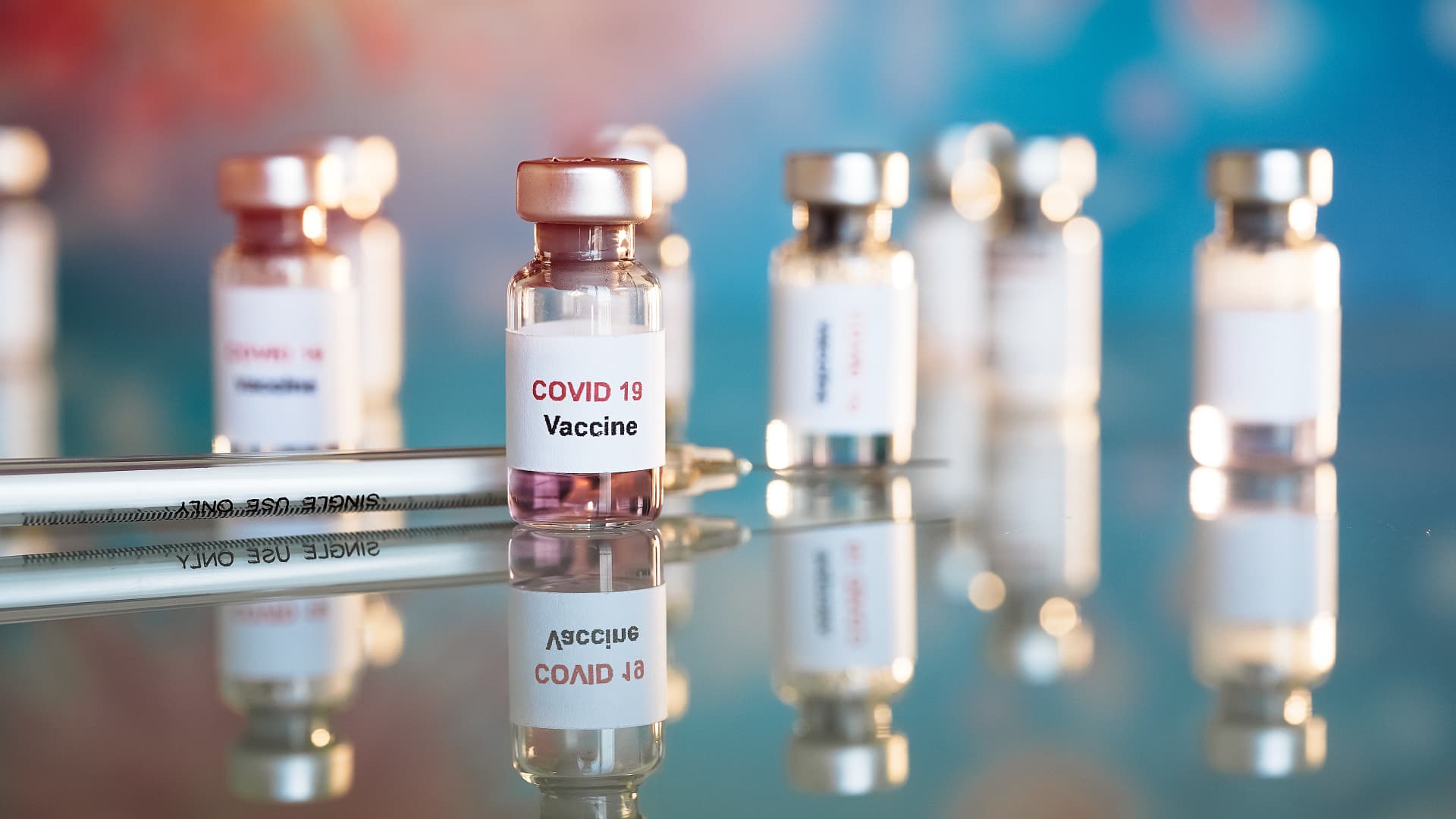An elevated antibody level after the second vaccination is an indication that the combination approach is working, says Sister. And: “Neutralizing antibodies are probably a good alternative to predict efficacy” because they help prevent viral infection. T cells, especially “killer” T cells that contain the CD8 protein, protect against serious disease: they kill already infected cells.
The UK Com-Cov study recorded the clearest antibody response after two standard Biontech/Pfizer vaccines. But the combination of Oxford / AstraZeneca, and then Biontech / Pfizer was almost the same. This combination also had the best T-cell response—more than double that of the two doses of Biontech/Pfizer. Thus, the combination of an mRNA vaccine and an adenovirus-based vaccine could offer “the best of both worlds,” according to Sander.
Depending on which vaccines are administered, slightly different groups of T cells emerge, Sister and colleagues found. It can help to develop individual strategies if one understands the reasons for these nuances, says the immunologist: For example, formulations that produce a good T-cell response could be more suitable for people who have undergone organ transplants and who have a difficult immune system. Antibody production because patients are taking medications to suppress their immune system. “There are many ways to use this knowledge strategically,” Sister says.
There are still safety concerns with co-vaccination
So far, none of the mix-and-match studies have reported serious side effects. But: Com-Cov . study confirmed In preliminary data from May 2021 Side effects when the vaccines are mixed are more than when two equal doses of the vaccine are given. In studies in Berlin and Homburg as well as with CombiVacS, this was not the case: side effects were no worse than two injections of the vaccine.
Sister says this is probably due to the spacing between the cans. Participants in the Com-Cov study received a second vaccination four weeks after the first dose, while participants in the German studies had at least nine weeks between vaccinations. Some Com-Cov participants also received doses over a longer distance; Their data is still under evaluation and is expected in July.
Sander says some safety concerns remain. After all, “it combines two different vaccines, both of which can have their own characteristics of adverse events and effects,” he says. This may exacerbate potential problems. In any case, previous studies only included a few hundred people: they are too small to cover rare events. “You don’t get one in 1,000 of the side effects, let alone one in 50,000,” Matthew Snape, the Oxford vaccine researcher who heads the com-cove study, said at a news conference in late June 2021, in small studies. However, small studies failed to detect problems such as coagulation disorders which, according to current estimates, occur in about 1 in 50,000 people after the first Oxford/AstraZeneca vaccine dose and in less than 1 in 1.7 million after the second. The same rare clotting disorders have also been linked to an adenovirus vaccine from Johnson & Johnson.

Communicator. Reader. Hipster-friendly introvert. General zombie specialist. Tv trailblazer

